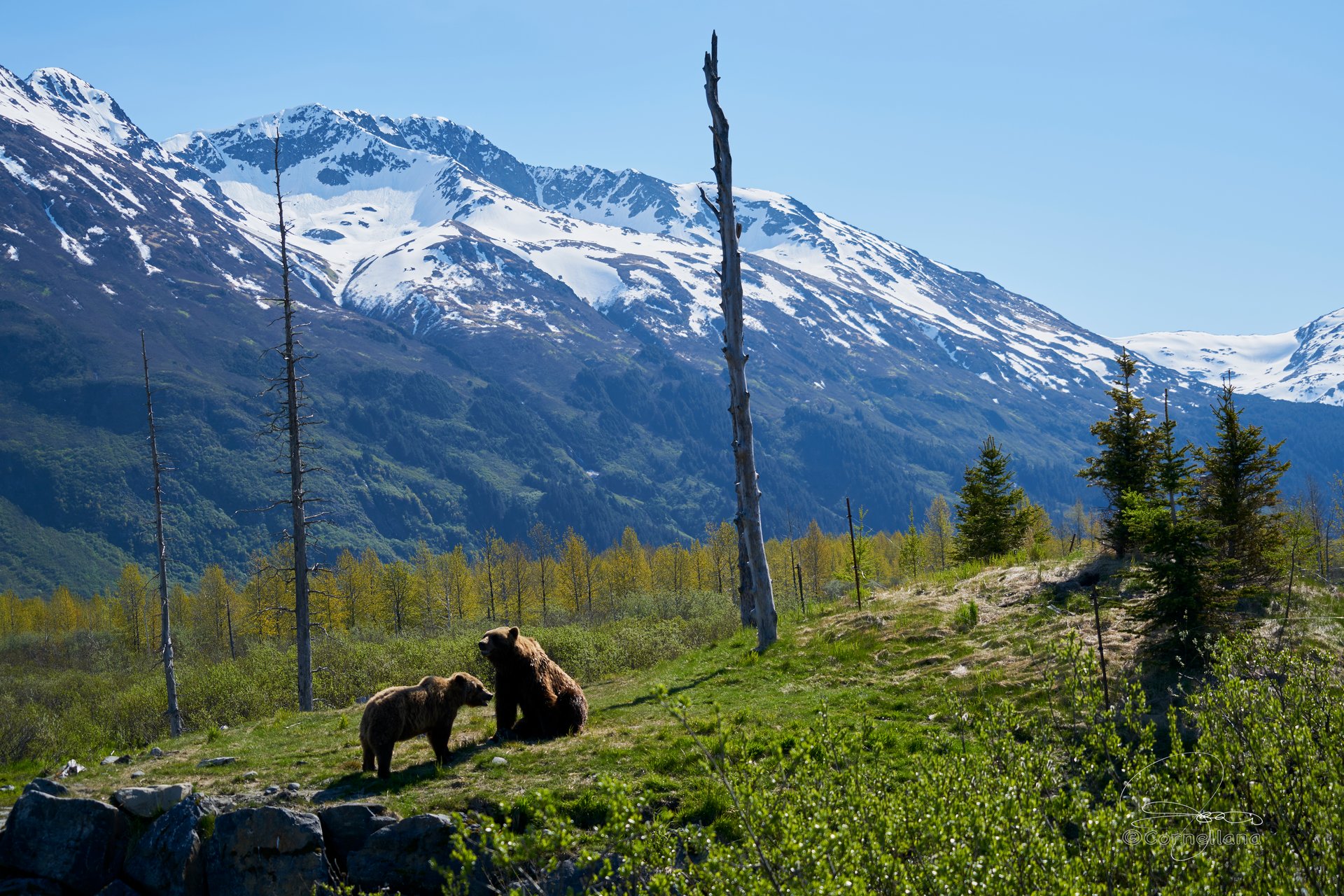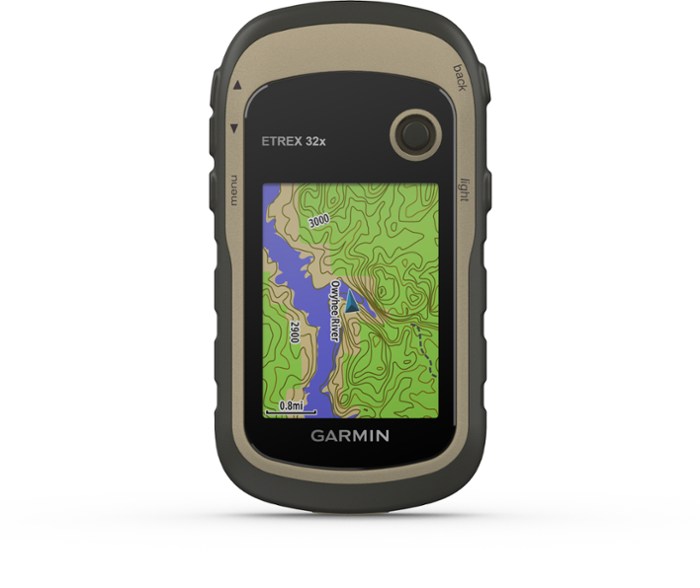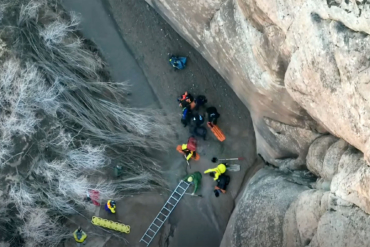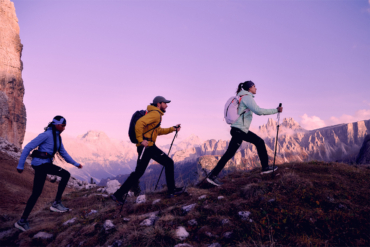Hiking may help you to reduce stress levels, maintain your body weight, and even sleep better. Although it doesn’t require any special skills, hiking for beginners does require some research and awareness.
A lot of first-time hikers make mistakes that can spoil the fun. Below you will find some recommended reading and our First-Time Hikers Checklist to help you prepare for your first outdoor hiking adventure.
Before You Go
Resources for Hiking Trails
When finding and looking for hikes, utilize websites and apps like AllTrails or Hiking Project. You’ll find plenty of options in your area, as well as a trail breakdown, elevation changes, difficulty level, and trail conditions.
When heading to a national park, look on the park’s specific website to find trails. Some U.S. states and parks have trail associations with forums of trail logs you can view online to get the scoop on your local area. And in both state and national parks, don’t hesitate to ask the rangers questions.
Maps & How to Read Them
When hiking a trail alone, bring a paper map and learn how to read it. Even the most experienced hikers will admit that mobile apps and navigation systems are great, but only if they don’t malfunction or your phone battery doesn’t die.
Paper maps can get wet, ruining them completely and rendering them useless. That’s why we recommend a wax or “waterproof map.” They come with a coating, so it prevents the folds from tearing, and you can read them in a rainstorm without it turning to mush.
Understanding waypoints, grid lines, mileage, and elevation by reading the map will be essential. Practice reading your maps at home before heading off! It’s also useful to have and know how to use a compass or GPS device for navigation.
 Checking Weather Conditions
Checking Weather Conditions
Weather is hands-down one of the most essential factors to consider when picking a hiking trail. If it’s raining in the hiking area, change your plans. Hiking can become extremely dangerous and potentially life-threatening in certain weather conditions, like heavy rain, high heat, high snow, etc.
Check with NOAA before heading out on your hike. It provides barometric pressure, climate, and weather conditions for the day based on an hourly schedule. Having an hourly schedule isn’t always necessary, but it can be important when hiking in mountainous regions where the weather changes frequently and dramatically.

Consider Driving Time
Remember to consider the commute time to the trailhead. Save hikes that are 2-plus hours away for an overnight camping trip or multiday hike once you’re ready, especially if you’ve never been to that area.
Hiking for 3-5 hours and then driving for 2 hours to get back home can be exhausting, especially as a beginner.
What Type of Trail Is It?
The most common trail types are loop, out-and-back, point-to-point, and horseshoe trails.
Loop trail: Start your hike going one way, and by the end of it, you will have circled back to the starting point. Sometimes a loop requires you to take multiple trails to complete the circuit, so research before you’re on the trail to prevent a wrong turn.
Out-and-back trail: These are popular and easy to navigate, making them great for beginners. On an out-and-back hike, you’ll head one way, get to your destination, turn around, and head back to where you started using the same path.
Point-to-point trail: Start from one trailhead and end at another. Usually, you have a shuttle car, or a friend picks you up at the other end to bring you back to where you parked.
Horseshoe trail: These start and end at different points and will be in the shape of a U. With U-shaped trails, you aren’t ending far from where you started but may still need to shuttle back to your vehicle.

Hiking With a Partner
One major recommendation in our hiking for beginners checklist is that you don’t go it alone, at least the first few times.
Ask a friend or a family member to join, but if they’re not interested, try to find a new hiking buddy. Here are a few resources for finding adventure buddies:
- An REI event: REI hosts tons of local events where there are loads of outdoors-lovers waiting to meet you! The brand even hosts beginners hiking courses in multiple locations across North America. As an REI member, you get special pricing on REI classes and events.
- Join a Meetup group: Meetup is an online group-finding site to find local groups of folks with similar hobbies. Make a free profile, search “hiking” or “backpacking” in your area, and see what groups have events scheduled near you.
- Facebook/Instagram groups: Social media groups are another excellent way for beginner hikers to connect with others. If you have a Facebook profile, you can search for hiking groups in your area, join them, and start connecting!
- Check out local guided hikes: Look for area hiking guides and tour companies to take you on your first few hikes. They will likely be local, have great tips for beginner trails in the area, and will ensure your safety as you go.

Start Small
How to Pick a Trail
Doing light workouts daily will help you when it comes to being outside and hiking. Nothing is worse than not moving for months, then shocking your body with elevation gain, hiking hills, and a few hours in the sun.
While the distance for hikers will vary based on your interest and fitness level, hikes up to 5 miles are a great starting point. Hikes that are 6-10 miles will prove to be much more difficult than they would have been if you had started slow and were patient.
Keep in mind that even a one-mile hike can become difficult with high elevation or intense inclines and declines, so understand the terrain of the trail when choosing a hike.
Consider Elevation Gains & Losses
As mentioned, elevation gain is a huge factor when deciding the right beginner hiking trail. Hikes with 100-400 feet in elevation gain are typically easy and can prove to be an excellent beginner’s hike.
If you’re looking for more of a challenge, then hikes that have 500-1,000 feet of elevation gain could be the goal after your first few hikes.
Hikes with 1,000-plus feet of elevation gain are quite difficult as a beginner. Make sure you have enough water and snacks and don’t be afraid to turn back if it gets too difficult.
Consider Time on the Trail (With Breaks)
How much time you want to spend hiking is another consideration in our hiking for beginners guide. Pick a trail that you can complete within the available time frame. Knowing how long it takes to hike one mile will also give a good basis for how long certain hikes will take to complete.
It’s also worth noting that hikes with a smaller elevation gain won’t take as long as those with a substantial elevation gain. Besides hiking time, make sure to carve out some time to sit down, have some water, and enjoy the view.
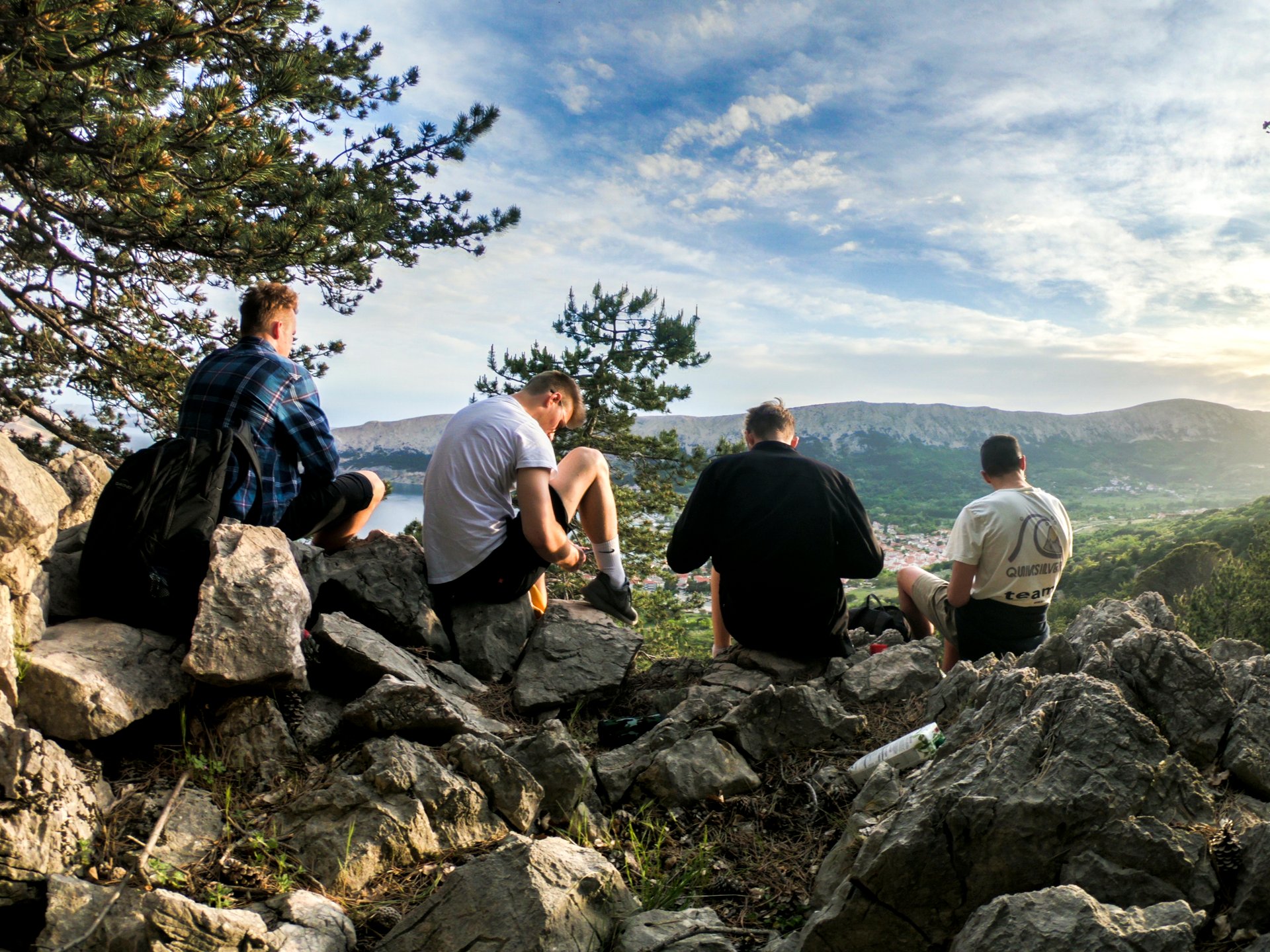
Packing the Essentials
There’s a lot of unpacking within this topic alone, even for day hiking. That’s why we also have a list of all of your day hiking essentials. Follow this essential guide and the checklist, and you’ll be ready to set out on your very first hike.
Planning a longer trek? Check out our article on backpacking essentials.
Hydration
Even if you drink water during your hike, if you’re not hydrated from the start, you could be on your way to dehydration fast. Have a few 16-ounce glasses of water before leaving, and if you’re hiking in a hot climate, drink even more!
If you’re dehydrated before leaving, you won’t be able to make up for it when your body needs it most. And, unfortunately, most people don’t see it coming until it’s too late and they’re finishing their hike miserable and dehydrated.
While exercising, get into the habit of drinking water during, not just before and after. As a general rule, try to drink about 2-4 L per day, especially when you’re exerting more energy.

Hiking Etiquette & Safety
Leave No Trace
Every hiker should be aware of the Leave No Trace code of ethics. Whether you’re taking a walk in the park or a hike up a mountain, everyone can and should leave no trace.
One part of Leave No Trace is to stay on the trail. Always make sure to remain on the trail! Damaged trails can take hundreds of years to repair, especially if the soils and vegetation are new.
Trail Etiquette
When hiking, remember that hikers going uphill have the right of way (on the right-hand side). It’s their choice on whether or not you pass before they do.
If you choose to listen to music on the trail, do so with headphones only. Don’t use loud speakers on the trail. This can disrupt wildlife and ruin other hikers’ experiences as they enjoy nature.
Wildlife
Approaching or feeding wildlife is dangerous and illegal while on federal or state land.
Wild animals that get used to human food are more likely to approach other humans to beg, which can result in an attack. Over time, an animal’s digestive system forgets how to break down the food they were once accustomed to, which could lead to death. It can also lead them to forget how to “hunt” and puts them at a disadvantage in the winter months when people aren’t out and about on the trails.
As they say, a fed bear (or any animal) is a dead bear. Being a good steward in the outdoors means respecting the wildlife.
Bear Spray
If you’re hiking in bear (especially grizzly bear) country (Montana, Wyoming, Canada, Alaska), there are extra precautions to take.
First is awareness and education, and second is knowing how to protect yourself. While it’s recommended to carry bear spray in these regions, remember that bear spray is a weapon — and a dangerous one. If you’re going somewhere that requires it, be aware of how and when to use it.
Hiking for beginners is a very personal experience and journey, but we’re happy to help you along the way. Get out there!
